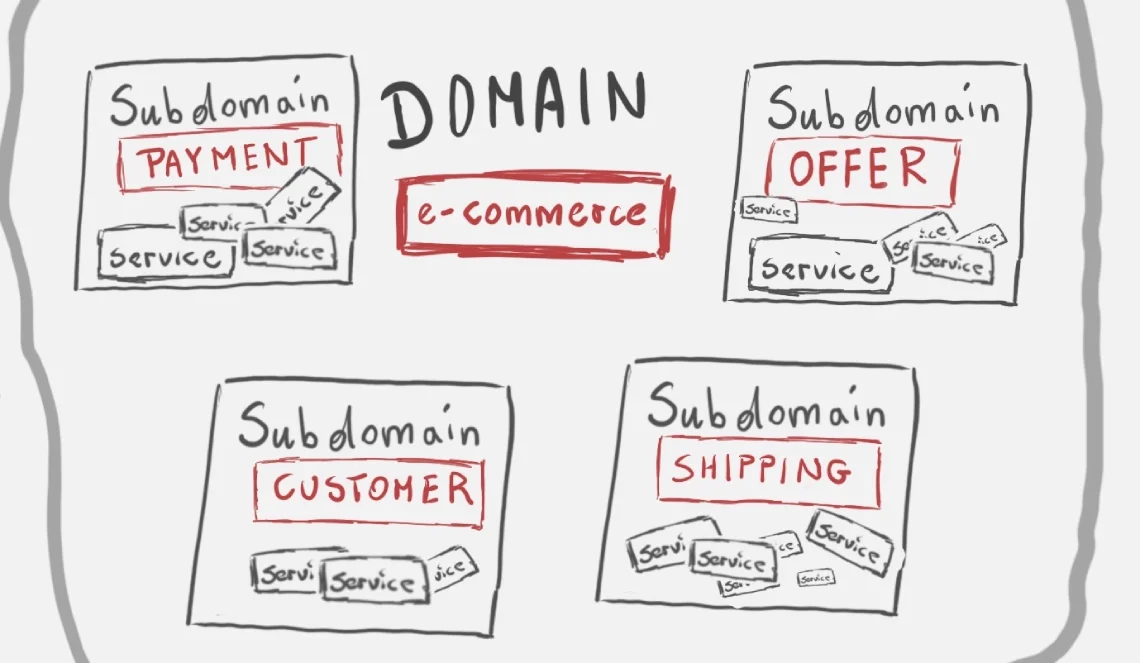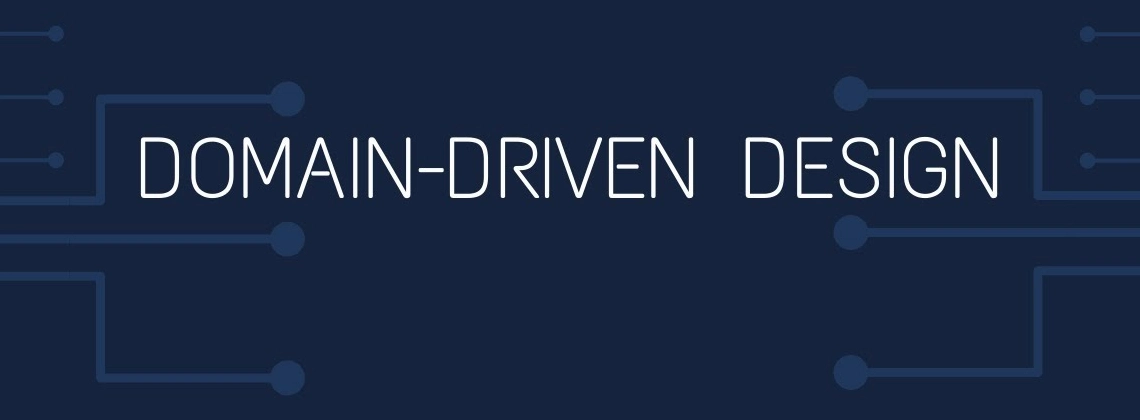DDD (Domain-Driven Design): A Different Perspective on Development
Domain-Driven Design (DDD) is an approach to software development that focuses on business logic and illuminating a specific domain. The main idea behind DDD is to create software products that meet the real needs of the business and clearly reflect internal business processes.
DDD proposes the use of specific terms and models that correspond to the domain, allowing developers and business analysts to communicate using a unified language. This helps to avoid misunderstandings between different parts of the team and improves collaboration between developers and domain experts.
DDD defines key concepts such as "Bounded Context", "Entity", "Aggregate", "Service", and others, which help create flexible and extensible systems. One of the main goals of DDD is to ensure that the software product reflects business reality as accurately as possible, reducing the distance between technical and business language and improving the quality of system development and maintenance.
DDD and Release: Impact on New Functionality
Domain-Driven Design (DDD) influences the release of new functionality in several ways aimed at improving the understanding of business needs, enhancing software quality, and accelerating the development process. Let's consider this in more detail:- Deeper Understanding of Business Needs:
- DDD requires active interaction with domain experts to identify key concepts and rules.
- During the development of new functionality, the team gains a deeper understanding of user needs and business processes, helping to avoid unnecessary or inefficient features.
- Clear Domain Model:
- Using the domain model in DDD facilitates the definition of key elements and their interactions within the system.
- The team can implement new functionality faster and more accurately by utilizing clear aggregates, entities, and services.
- Bounded Contexts:
- The concept of bounded contexts allows defining clear boundaries between different parts of the system.
- The release of new functionality becomes more predictable as the team understands how new elements interact and impact existing parts of the system.
- Reduced Risk of Changes:
- DDD helps reduce the risk of negative changes in the system since it is built on a structure that reflects business reality.
- When making changes or adding new functionality, the team can more effectively consider the impact on existing parts of the system.
- Interest in Results and Quality:
- Teams using DDD actively communicate with business experts and are interested in the outcome.
- During the release of new functionality, the team actively works as domain experts, ensuring high quality and compliance with business rules.
- Faster Development Cycle:
- Understanding the domain allows the team to plan and execute work more efficiently, resulting in a faster development cycle.
- The release of new functionality can be more accelerated and adapted to changes in business requirements.
Implementing DDD

The implementation of Domain-Driven Design (DDD) is a complex process that requires not only technical knowledge but also a thorough understanding of business processes and the domain. The exact time required for DDD implementation can vary depending on various factors such as project size, complexity of business logic, and the experience level of the team.
Let's consider a detailed approach to implementing DDD:
Exploring the Domain:
- Spend time thoroughly studying business processes and key domain concepts.
- Interact with business experts to gather information and clarify requirements.
Creating the Domain Model:
- Define key concepts, aggregates, entities, and other elements of the domain model.
- Use tools for visualizing the model and further refining it.
Choosing Technical Tools:
- Identify technical tools and technologies that best suit the project needs and DDD concepts.
Implementing Bounded Contexts:
- Divide the system into bounded contexts for clear definition of boundaries and interactions between different parts.
Implementing Aggregates and Entities:
- Translate the domain model into code, including the creation of aggregates, implementation of entities, and introduction of business logic.
Creating Services and Factories:
- Deploy services to execute additional business logic that does not fall under a single aggregate.
- Implement factories for creating complex objects.
Integration and Testing:
- Conduct integration and unit tests to ensure the correctness of the implementation.
- Interact with experts to validate compliance with business rules.
Maintenance and Development:
- Ensure continuous maintenance and development of the system in accordance with changes in the domain and business requirements.
Implementing DDD: Is it That Simple?
 Implementing Domain-Driven Design (DDD) may encounter certain problems that should be considered and addressed during the process. Let's look at some of the most common problems:
Implementing Domain-Driven Design (DDD) may encounter certain problems that should be considered and addressed during the process. Let's look at some of the most common problems:
- Complexity of Understanding DDD
- Problem: DDD includes a number of concepts and terms that can be difficult to understand for those who are new to putting them into practice.
- Solution: Provide access to educational resources, training, and mentoring for team members to help them grasp DDD concepts.
- Ambiguity of the Domain Model
- Problem: Arising from complex business processes, creating a clear and unambiguous domain model can be challenging.
- Solution: Regular interaction with business experts and involving them in refining the model. Using visualization tools can facilitate this process.
- Completeness of Interaction with Business Experts
- Problem: If interaction with business experts is limited or inconsistent, there may be an insufficient understanding of the domain.
- Solution: Actively involve business experts in development, hold regular meetings, and maintain open communication channels.
- Lack of Management Support
- Problem: Without support from management, it is difficult to implement DDD as it requires time and resources.
- Solution: Engage management in learning and understanding the benefits of DDD, present evidence of successful implementations.
- Contradiction with Previous Approaches
- Problem: If the company already uses other development approaches, DDD may contradict them.
- Solution: Flexible implementation, possibly with a gradual introduction of DDD in new projects or separate modules.
- Lack of Skills in the Team
- Problem: If the team lacks sufficient expertise in DDD, difficulties may arise in correctly applying its concepts.
- Solution: Training, courses, and support from DDD experts to enhance the competence level of the team.




